
What is carbon capture?
Carbon dioxide (CO2) emissions generated by human activities have led to an accumulation of greenhouse gases in the atmosphere that is causing an increase in
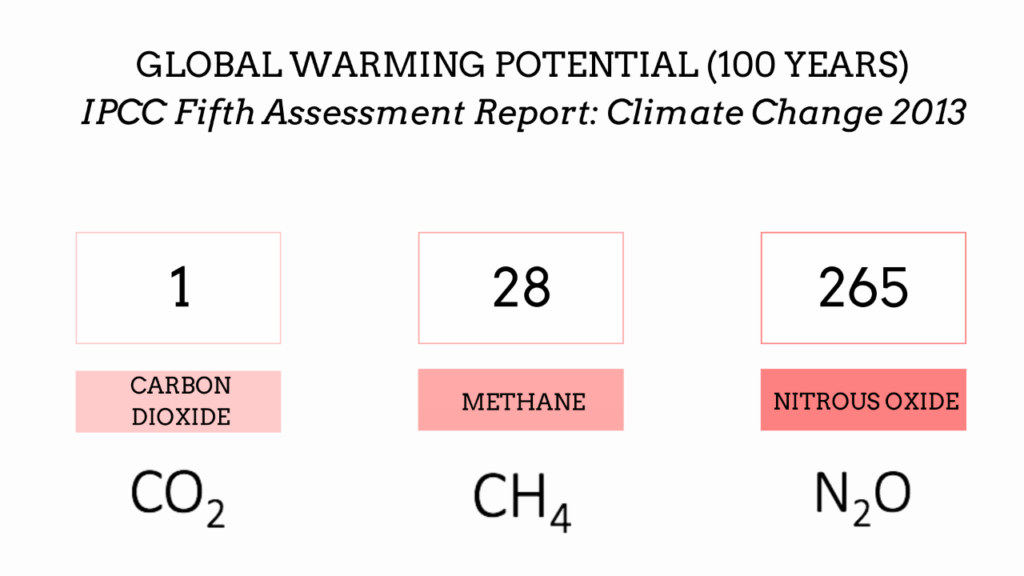
You’ve probably heard people talk about how to calculate the carbon footprint. This environmental indicator quantifies the greenhouse gas emissions of an activity, a person, or a company. In other words, there is no single way to calculate the carbon footprint. This will depend on the object of study and how much precision is needed for the calculation.
In this article, we’ll go through these topics:
What is the carbon footprint?
The carbon footprint is an environmental indicator that quantifies the greenhouse gas (GHG) emissions generated by an individual, a company, or an activity.
This indicator is calculated through a GHG emissions inventory. In other words, we don’t measure the carbon footprint but obtain it through calculations made with data from each activity to be analyzed.
These calculations use international standards, such as ISO 14064, PAS 2050, or the GHG Protocol.
Don’t worry, it sounds complicated, but it is not. Below, we will review some key concepts to understand the carbon footprint and then step-by-step how to calculate the carbon footprint in a simple and easy way.
What are greenhouse gases (GHG)?
It is very common for people to think of GHG as something bad for the planet. And the reality is that currently, the increase in their concentration in the atmosphere is creating a big problem.
But without these GHGs, life on Earth would not be possible. Moreover, thanks to their “greenhouse effect” these GHGs absorb the sun’s heat during the day and conserve it at night.
If these gasses were not in the Earth’s atmosphere, the average temperature on Earth would be -18°C (today it is 15°C). In other words, life as we know it could not exist on our planet.
So, greenhouse gases are not bad themselves. The problem is that their excessive accumulation in the atmosphere causes more and more heat to be retained from the sun and thus increases the Earth’s temperature.
In what unit is the carbon footprint measured?
Before we show you how to calculate the carbon footprint, let’s talk about its units.
The carbon footprint has a particular unit: grams of carbon dioxide equivalents (gCO2eq). This unit makes it possible to quantify the environmental impact of all greenhouse gases (GHGs) in a single indicator.
As the carbon footprint is used to measure how much an activity contributes to global warming, this value must encompass all GHGs. Otherwise, we would be making an incomplete calculation.
There are different GHGs. The GHGs found in the greatest proportion in the atmosphere are:
Now, the chemical structure of these gases makes each of them absorb more or less heat from the sun. This ability to absorb heat from the sun is called global warming potential (GWP). Below is a graph of the global warming potential of the GHGs mentioned above:

Image 1: 100-years global warming potential (GWP) of different GHGs.
So, the carbon footprint is measured in grams of carbon dioxide equivalent (gCO2eq) to have a single unit of measurement that encompasses the GWP of all GHGs.
The grams of CO2 equivalent are calculated as follows:
gCO2eq = (gCO2)*GWP(CO2) + (gCH4)*GWP(CH4) + (gN2O)*GWP(N2O).
Example 1:
How do you calculate the grams of CO2 equivalent from an activity that emits 10 grams of methane, 2 grams of nitrous oxide, and 300 grams of carbon dioxide?
gCO2eq= (gCO2)*1 + (gCH4)*28 + (gN2O)*265
gCO2eq= 300*1 + 10*28 + 2*265 = 1110 gCO2eq
It is important to remember that knowing how to calculate the carbon footprint is the starting point to reduce and offset greenhouse gas emissions, combat climate change and become a carbon neutral company.
Do you want to measure the carbon footprint of your company, product or event? Click here.
Scope of the carbon footprint
Now that we know the unit of measurement, we are closer to learning how to calculate the carbon footprint. But we still need to decide whether we want to calculate it for an individual, a company or a specific activity.
If we want to calculate it for a company, we need to introduce one more minor issue: the scope of the study. Depending on the goal of the calculation, it may cover more or less activities of the company that generate CO2 emissions. These activities are classified into the scopes defined below:
How to calculate the carbon footprint?
To calculate the carbon footprint of a company, activity, or individual, it is necessary to apply the following formula:
gCO2eq = Fe * A
Where,
gCO2eq: carbon footprint
Fe: emission factor
A: activity
The emission factor indicates how many grams of CO2 equivalent a given activity generates. An example of emission factor (Fe) is:
Activity: Produce 1Wh of electrical energy by burning coal.
Fe= 0.89 gCO2eq/Wh (Source: Journal of industrial Ecology)
This means that producing 1Wh of electrical energy from burning coal, generates 0.89 grams of CO2 equivalent. Therefore, the activity data is needed to calculate the emissions. That is, how many Wh consumes the activity for which I want to quantify the carbon footprint.
Example 2
For example, the activity may be the production of 100 plastic bottles in a factory. If I know that the production of that amount of bottles requires 100Wh, then:
gCO2eq= 0.89 gCO2eq/Wh * 100Wh = 890 gCO2eq.
This means that the carbon footprint of the activity “making 100 plastic bottles” is 890 grams of CO2 equivalent.
A person’s carbon footprint will be the sum of the carbon footprint of all the activities that the person performs over a period of time. For example, the average carbon footprint of a person in Argentina is 5.71 tnCO2eq/year. This number is calculated by adding up all the emissions from all the activities carried out by all the people in the country, and then taking a national average.
On the other hand, a company’s carbon footprint is calculated by adding the carbon footprint of all its activities, as long as they are within the calculation scope.
The following figure shows the main formula used to calculate the carbon footprint of an activity:
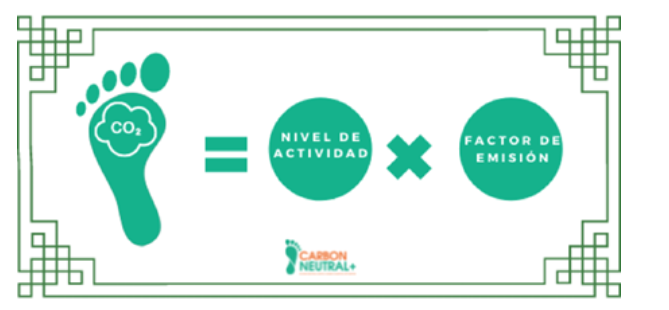
Image 2: Formula to calculate the corporate carbon footprint. (Carbon footprint = Activity * Emission factor)
Do you want to know how to calculate a corporate carbon footprint through our platform? You can read our recent article on the corporate carbon footprint calculator for more information.
How to calculate the carbon footprint: a practical example
Suppose we want to calculate the carbon footprint of an office that consumes 3000 kWh per month, or 36,000 kWh per year. This represents 36 MWH/year of electricity consumption (1000 kWh = 1 MWh).
According to the Secretariat of Energy, the 2019 Argentine electricity grid emission factor is 0.428 kgCO2eq/kWh.
Therefore, if the office consumes 36 MWh/yr:
tnCO2eq/year = Fe * A = 0.428 kgCO2eq/kWh * 36 MWH/year * 1000 kWh/MWH = 15.4 tnCO2eq/year.
Therefore, we can say that the office’s carbon footprint associated with its electricity consumption is 15.4 tnCO2eq/year.
If you are interested in calculating the exact carbon footprint of your company, do not hesitate to contact us. From CARBON NEUTRAL+ we can make the calculation and even help you to offset your carbon footprint through reforestation projects and renewable energy certificates.
Click here if you want to measure the carbon footprint of your company/product/event.
Carbon footprint calculation and certification methodologies
Now that you know how to calculate your or your company’s carbon footprint, you must know where all this information comes from.
All the formulas and emission factors we showed you come from a set of standards, schemes, systems, and methodologies for calculating the carbon footprint.
Most of them use the guidelines and formulas developed by the IPCC (Intergovernmental Panel on Climate Change) as a basis for calculation.
The following standards constitute the main carbon footprint calculation methodologies:
The selection of the tools and methodologies will depend on the level of detail with which the organization intends to know its GHG emissions (Scope), and its reduction targets.
The following is a brief description of the three emission calculation methodologies mentioned:
1- GHG Protocol
Responsible Organization/Developer: World Business Council for Sustainable Development – World Resources Institute
Type of Organization: Private
Recommendations for reduction: No
Offsetting recommendations: No
Accounting for GHG removals: No for GHG Protocol Scope 1, 2 & 3 / Yes for GHG Protocol Product Standard.
International use: Yes
Possibility of verification by an independent external body: Yes
Certification/Verification: No – The GHG Protocol is not a verification standard (guides to make it verifiable). The GHG Protocol does not certify verifications.
Gases considered: 6 included in the Kyoto Protocol (CO2, CH4, N2O, HFCs, PFCs, SH6).
GHG Protocol Scope 1 & 2
The GHG Protocol Scope 1 & 2 aims to establish guidelines and tools for the quantification of GHG emissions.
Scale: Organization/Product/Service
Utility: Emission Inventory
Scope: Scope 1 (Direct) + Scope 2 (Indirect – Electricity Consumption)
GHG Protocol Scope 3
The GHG Protocol Scope 3 aims to provide a standardized step-by-step approach to help companies understand the full impact of their value chain emissions in order to focus their efforts on GHG reduction opportunities.
Scale: Organization/Product/Service.
Utility: Carbon Footprint
Scope: Scope 3 (Indirect – Value Chain & others)
GHG Protocol: Product Standard
The GHG Protocol Product Standard aims to provide a framework for companies to make informed decisions to reduce GHG emissions from the products (goods or services) they design, manufacture, sell, buy or use.
Scale: Product/Service
Utility: Carbon Footprint
Scope: Scope 1 (Direct) + Scope 2 (Indirect – Electricity Consumption) + Scope 3 (Indirect – Value Chain & others)
2- ISO
Responsible Organization/Developer: International Standardization for Organization
Type of Organization: Private
Recommendations for reduction: Yes
Recommendations for compensation: No
Accounting of GHG removals: Yes
International use: Yes
Possibility of verification by an independent external body: Yes
Certification/Verification: Yes -Allows for verification of inventories and reduced emissions Certification at ISO level
Gases under consideration: 6 included in the Kyoto Protocol (CO2, CH4, N2O, HFCs, PFCs, SH6)
ISO 14.064
The ISO 14.064 aims to provide tools for quantifying GHG emissions in projects/processes of a company’s services or activities.
Scale: Organization
Utility: Emission inventory
Scope: Scope 1 (Direct) + Scope 2 (Indirect – Electricity Consumption) + Scope 3 (Indirect – Value Chain & others)
ISO 14.067
This standard aims to provide carbon footprint quantification tools based on life cycle analysis and communication tools.
Scale: Product
Utility: Carbon Footprint
Scope: Scope 1 (Direct) + Scope 2 (Indirect – Electricity Consumption)
3- PAS
Responsible Organization/Developer: British Standard Institute
Organization type: Public
Recommendations for reduction: Yes
International use: Yes
Verification by an independent external body: Yes
Certification/Verification: Yes – Allows verification of inventories and reduced emissions. In the case of PAS 2060 certifies the climate neutrality of the company.
Gases considered: 6 included in the Kyoto Protocol (CO2, CH4, N2O, HFCs, PFCs, SH6).
PAS 2050
This specification aims to provide carbon footprint measurement tools.
Scale: Product
Offset recommendations: No
Accounting for GHG removals: Yes
Utility: Carbon footprint
Scope: Scope 1 (Direct) + Scope 2 (Indirect – Electricity Consumption)
PAS 2060
The PAS 2060 specification aims to provide requirements to be met by any entity seeking to demonstrate carbon neutrality through GHG quantification, reduction and offsetting.
Scale: Organization/Event /Project /Village /Town /City.
Offset recommendations: Yes
Accounting for GHG removals: No
Utility: Carbon footprint and emission offsets
Scope: Scope 1 (Direct) + Scope 2 (Indirect – Electricity Consumption) + Scope 3 (Indirect – Value Chain & other)
The following is a summary of the three methodologies mentioned above:
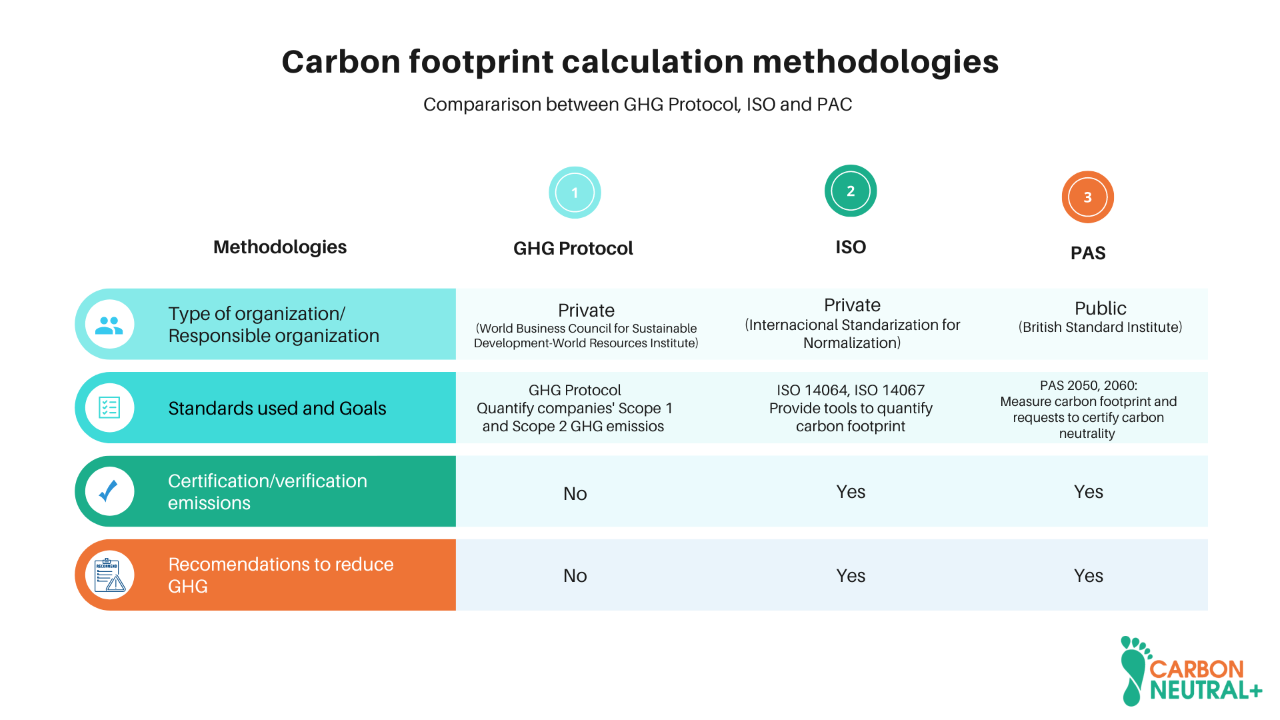
Image 3: Comparison of different carbon footprint calculation methodologies: GHG Protocol ISO and PAS.
In CARBON NEUTRAL+ we have developed an online carbon footprint calculator that uses the internationally recognized GHG Protocol methodologies so that companies can measure their carbon footprint.
In case you would like to request a demo to use the calculator and measure your company’s carbon footprint, please contact us.

Carbon dioxide (CO2) emissions generated by human activities have led to an accumulation of greenhouse gases in the atmosphere that is causing an increase in
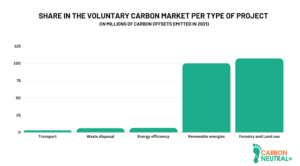
According to the Emissions Gap Report 2022, the growth rate of global greenhouse gas (GHG) emissions has declined over the last decade. Between 2010 and
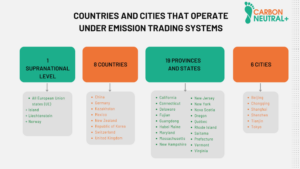
As international agreements related to corporate greenhouse gas emissions (GHG) come into force, the regulations associated with the generation of these emissions increase. This is

Climate change is one of the greatest concerns of our time. This phenomenon is generating consequences that are difficult to reverse, such as an increase

The Paris Agreement is an international agreement adopted on December 12, 2015 during the United Nations Climate Change Conference (COP21) in Paris, France. One of
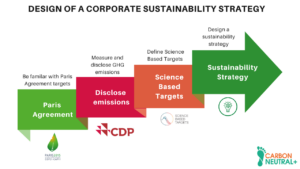
As the world faces the looming effects of climate change, more and more companies are recognizing the importance of adopting sustainable strategies that aim to
| Cookie | Duration | Description |
|---|---|---|
| cookielawinfo-checkbox-analytics | 11 months | This cookie is set by GDPR Cookie Consent plugin. The cookie is used to store the user consent for the cookies in the category "Analytics". |
| cookielawinfo-checkbox-functional | 11 months | The cookie is set by GDPR cookie consent to record the user consent for the cookies in the category "Functional". |
| cookielawinfo-checkbox-necessary | 11 months | This cookie is set by GDPR Cookie Consent plugin. The cookies is used to store the user consent for the cookies in the category "Necessary". |
| cookielawinfo-checkbox-others | 11 months | This cookie is set by GDPR Cookie Consent plugin. The cookie is used to store the user consent for the cookies in the category "Other. |
| cookielawinfo-checkbox-performance | 11 months | This cookie is set by GDPR Cookie Consent plugin. The cookie is used to store the user consent for the cookies in the category "Performance". |
| viewed_cookie_policy | 11 months | The cookie is set by the GDPR Cookie Consent plugin and is used to store whether or not user has consented to the use of cookies. It does not store any personal data. |